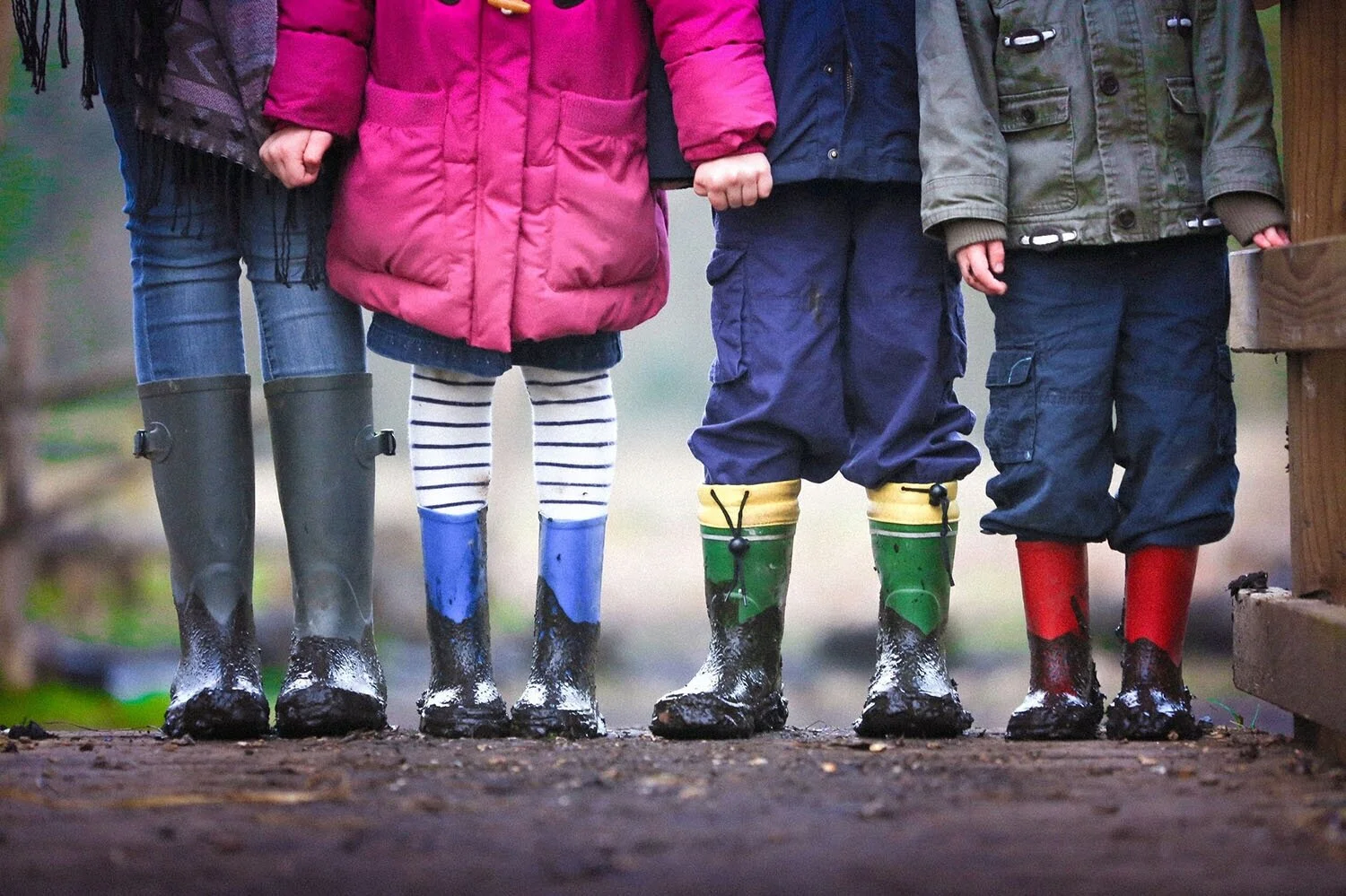Therapist-Approved Tips for Navigating Back-to-School Nerves
Back-to-School Anxiety in 2021This is the moment parents have been waiting for—begging for, even. “In person classes are back!”
You could almost hear the collective sigh of relief as parents imagined their kids finally returning to a regular school schedule, and as they imagined themselves at last free from the struggle of trying to teach their kids common core curricula. Parents will no longer be required to double as teachers, and we can all return to life as it was like pre-COVID-19, with of course the exception of needing to remain vigilant about health and safety protocols. Students themselves might feel excited about the opportunity to be back at school, able to resume interactions with peers and teachers. They might be looking forward to the structure and sense of community that school brings.
While this news has allowed us to see a light at the end of the tunnel, it is imperative that we prepare for new challenges that may arise with a return to school. Transitions bring excitement and relief, but they can also bring back-to-school anxiety.
Until now, much of the focus has been on the risks that COVID-19 poses to adults. With a return to full-time, in-person school, the country is refocusing on the risks to kids and teens. Many teens can be vaccinated, but with new, more contagious variants breaking through, many of our children are beginning to feel more vulnerable. When you add the fact that they will be returning to school after over a year of social distancing and limited contact with others, it’s no wonder why many of them might approach the fall with significant anxiety about the return to in-person learning. Some may feel frustrated with the lack of stimulation that school and extracurricular activities provided, and even more so with the fact that this pandemic can sometimes feel never-ending.
For middle and high school aged kids in particular, returning to school can bring a significant amount of social pressure. We all remember how apprehensive we were about social dynamics and interactions during these budding years of our lives. Imagine adjusting to a virtual, surreal version of these dynamics and ways of interacting, and then having to return to face-to-face communication. This can be daunting. Spending time together, in person, can seem almost alien to those who have not been able to practice the social and interpersonal skills required for everyday life.
Luckily, much of this is quite normal, and as long as we are aware of the possibilities, we can help our children transition back to school after Covid.
Now what?
The good news is that the feelings themselves are normal. While we can anticipate signs of stress and worry, there is no cause for alarm as we can rest assured that this will not cause our children to crumble. Having an emotional reaction to all of these transitions and “what if’s” is healthy and expected. What we do need to look out for is how our kids regulate and process their difficult emotions.
The golden rule for managing strong feelings is to accept that we are experiencing them and finding ways to get them out little by little. This could come in the form of venting, intense physical activity, blasting music, crying, etc. All of our children have tools they use to manage their feelings that work for them. The key is to not allow the pressure to build without incremental release. Often, feelings get the better of us when we avoid or ignore them, and allow them to stew underneath the surface until they grow. For parents, the key is to afford time to be a good listener for your child, encourage them to express themselves, and provide safety with a supportive and reassuring demeanor.
Tips for Parents
Sometimes your child just needs to vent. This can be challenging for parents, as the urge to step in and protect them from these feelings can be strong. However, dealing with their feelings for them is not going to provide the same type of relief or growth necessary to manage future thoughts and feelings that are bound to come as we process this pandemic as a community. Being a good listener or offering a hug when they become tearful can be far more fruitful and reassuring. Oftentimes it is helpful to approach these topics indirectly, with the intent of taking your child off the “hot seat.” An example of this could be to discuss the topics generally, or use a third party as an example for discussion to help discover and process similar feelings surrounding the issue (E.g., Asking what your child thinks about a friend’s experience.) and processing things that way.
If it is an option, taking your child out for an activity, even for something as simple as a walk around the block, can provide some forward momentum in helping them become unstuck. Encouraging physical activity, engaging them in fun, and facilitating their own interests can be a great way to offer guidance in helping them cope.
The final major piece to all of this is how we present ourselves as adults in their lives. When life things feel uncertain or unpredictable, we look to those who make us feel safe for reassurance. Presenting ourselves as comfortable and calm can offer the grounding force they are seeking. Gauging our reactions can help them gauge their own.
The Bottom Line
“Doing with” is more helpful than “doing for.” We want to protect our children at all costs, but sometimes, emotional protection can prove to be counter productive. Keeping your eye on the big picture of helping your child learn to manage emotions effectively will serve them in the short and long term. Be aware, and be a supportive figure, and we will all get through this transition together.

